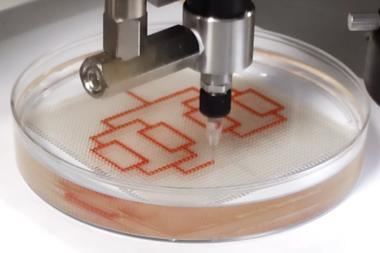Specialised marine bacteria that bloom following oil spills form unique biofilms that reshape the oil droplets, allowing more bacteria to feed at once. The finding improves scientists’ understanding of the processes that drive biodegradation of spilled oil.
The bacterium Alcanivorax borkumensis consumes hydrocarbons as its sole carbon and energy source. The marine bacteria are known to form biofilms around oil droplets, but how exactly this process works hasn’t previously been fully understood.
Now, a research team based in Japan and France has captured the full dynamics of biofilm development by using a microfluidic device that allowed the real-time imaging of bacteria-covered oil droplets. This enabled the team to observe the whole process from initial colonisation through to complete consumption of oil droplets.

The speed with which the bacteria degrade the droplets depends on the bacteria’s adaptation to oil consumption. But rather than this being caused by an increase in individual metabolic throughput, this acceleration appears to be due to the types of biofilms that the bacteria form.
Bacteria that were exposed to the oil for longer formed thin biofilms with numerous branching dendrites. These dendritic biofilms decrease the oil–water interfacial tension causing dimples to form on the droplets, which speeds up the bacteria’s consumption by expanding the interface of the oil droplet allowing more bacteria to feed simultaneously.
References
M Prasad, et al., Science, 2023, 381, 6659. (DOI: 10.1126/science.adf3345)

















No comments yet